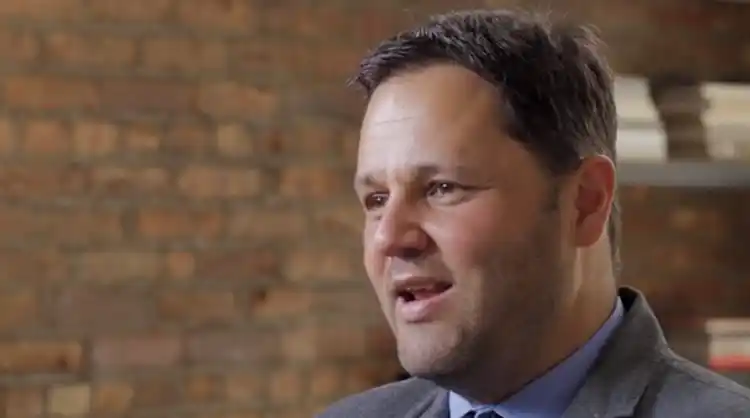Foundations: life's three key tradeoffs

Read time 5 minutes
In this post:
- The Three Key Tradeoffs In Life
- Understanding Risk, Time, and Social Preferences
All decisions in life, large and small, financial and non-financial, are governed by three key tradeoffs:
Risk vs. Return, Today vs. Tomorrow, and Self vs. Others
We wrestle with these tradeoffs daily.

Risk vs. Return
Your risk preferences undoubtedly factor into your retirement savings.
For example, If you have high risk-aversion – meaning you prefer stable investments with a lower (and more certain) return to riskier investments with a higher (but less certain) potential return – then you need a conservative portfolio with a balance of fixed-income and equities. However, because you are risk-averse, you will need to invest more money overall into your portfolio than someone with low risk-aversion in order to achieve the same expected returns over time before retirement.
To navigate the Risk vs. Return tradeoff, you must accurately understand your risk preferences.
Today vs. Tomorrow
To consume today or consume (more) tomorrow…that is the question. But how to answer it?
When deciding what percentage of your paycheck you should put towards retirement vs. spend on immediate wants and needs, it is essential to understand your time preferences.
Investors who are present-biased in their time preferences are focused substantially on their well-being in the present and the immediate future relative to the average person, while someone who is future-biased places more emphasis than average on their well-being in the further future.1
Every person is different. An investor who is present-biased is prone to spending and are more likely to need nudging or more stringent behavioral intervention to get them to save more. Whereas, someone who is future-biased is more of a natural saver and, all else equal, may need to be persuaded to spend a little more today to get more out of life.
To achieve your goals and ideal lifestyle, it is essential to understand your time preferences when deciding between consumption today vs. consumption tomorrow.
Self vs. Others
Lastly, we have the tradeoff between spending money on your own well-being vs. the well-being of others.
In the context of retirement of retirement and legacy planning, a couple may decide to strike a balance between bequeathing their money to their children or making a series of charitable donations.
How people make the tradeoff between self and others is known as social preferences.
Social preferences also factor into other decisions, like deciding to how much to volunteer vs. spend time on oneself, how big of a tip to leave in a restaurant, and whether you want to invest your money into ESG-friendly funds.
How to measure risk, time, and social preferences
An investor’s preferences for life’s three key tradeoffs cannot be accurately measured with questionnaires and interviews. Behavioral methods of investor profiling, such as Revealed Preferences, must be employed in order to fully understand an individual’s risk, time, and social preferences with the precision necessary to ensure a personalized financial plan.
To learn more, check out the rest of our Foundations Series of Blog Posts
[i]https://psychology.wikia.org/wiki/Time_preference#:~:text=Someone%20with%20a%20high%20time,being%20in%20the%20further%20future
